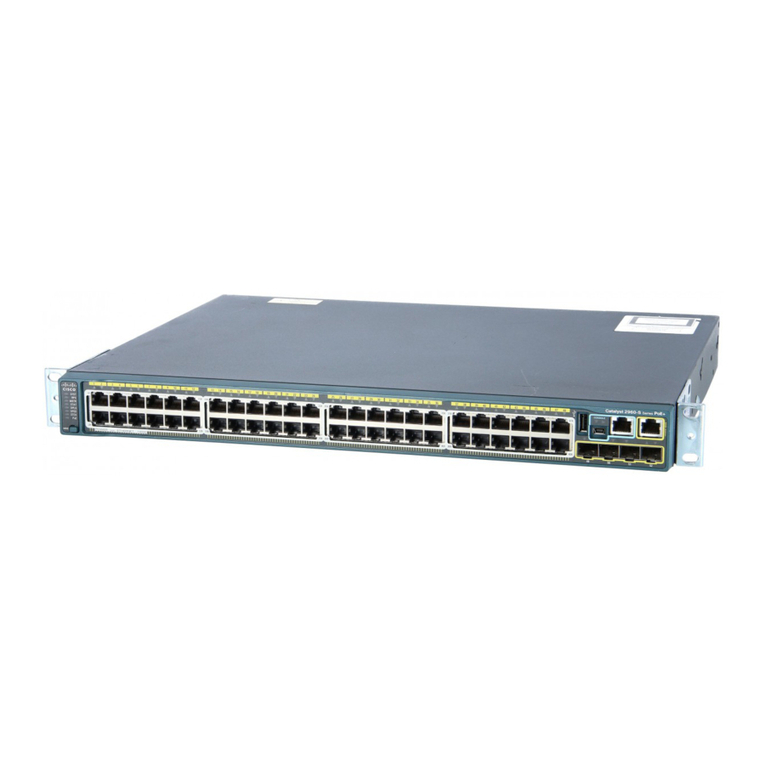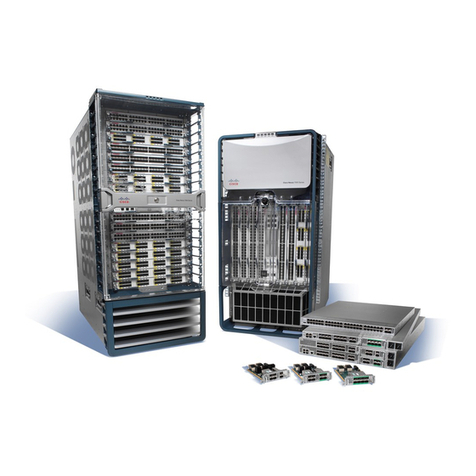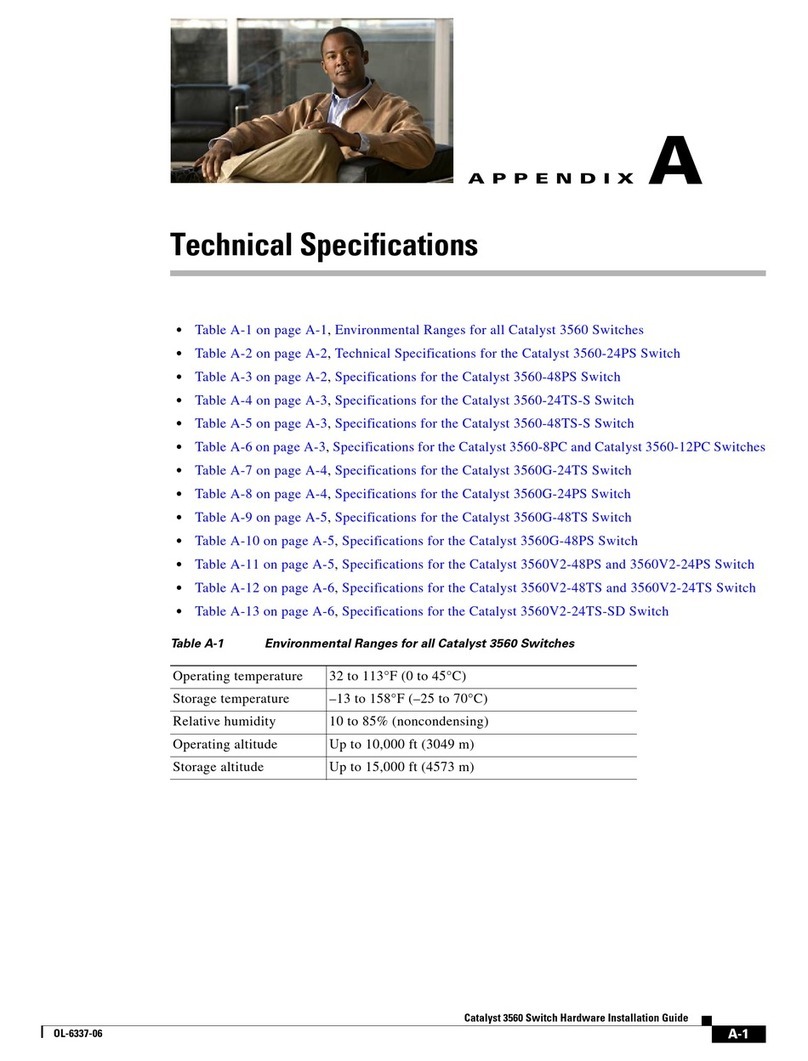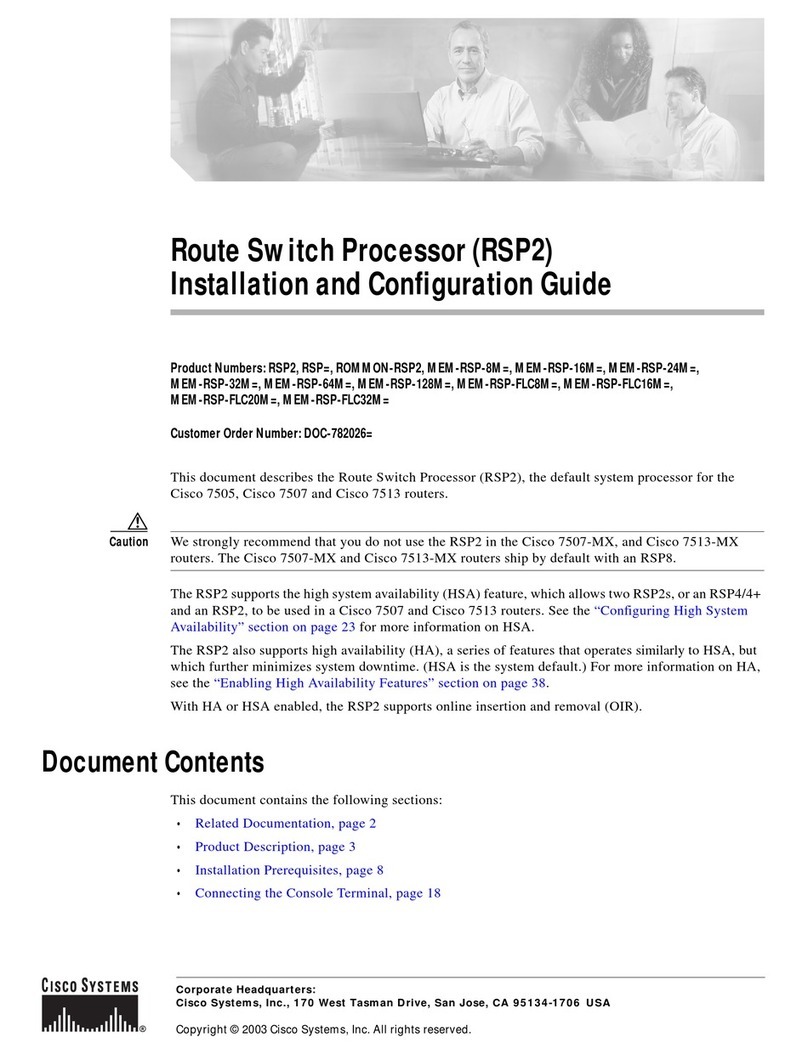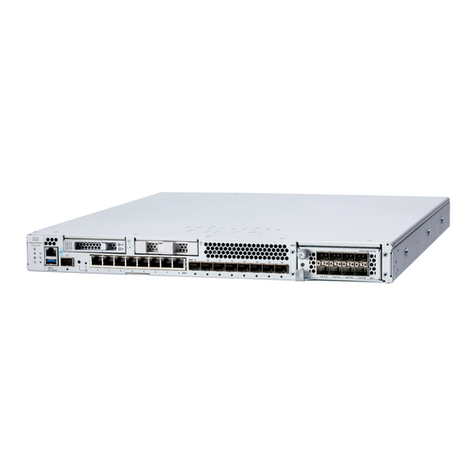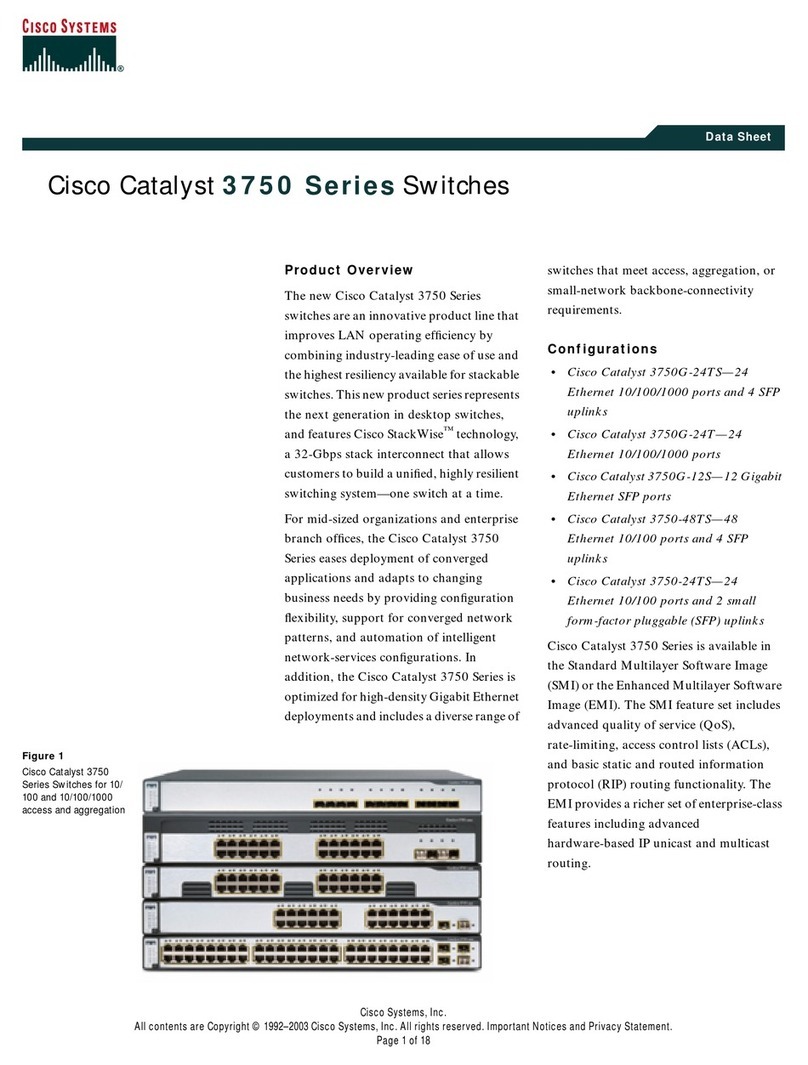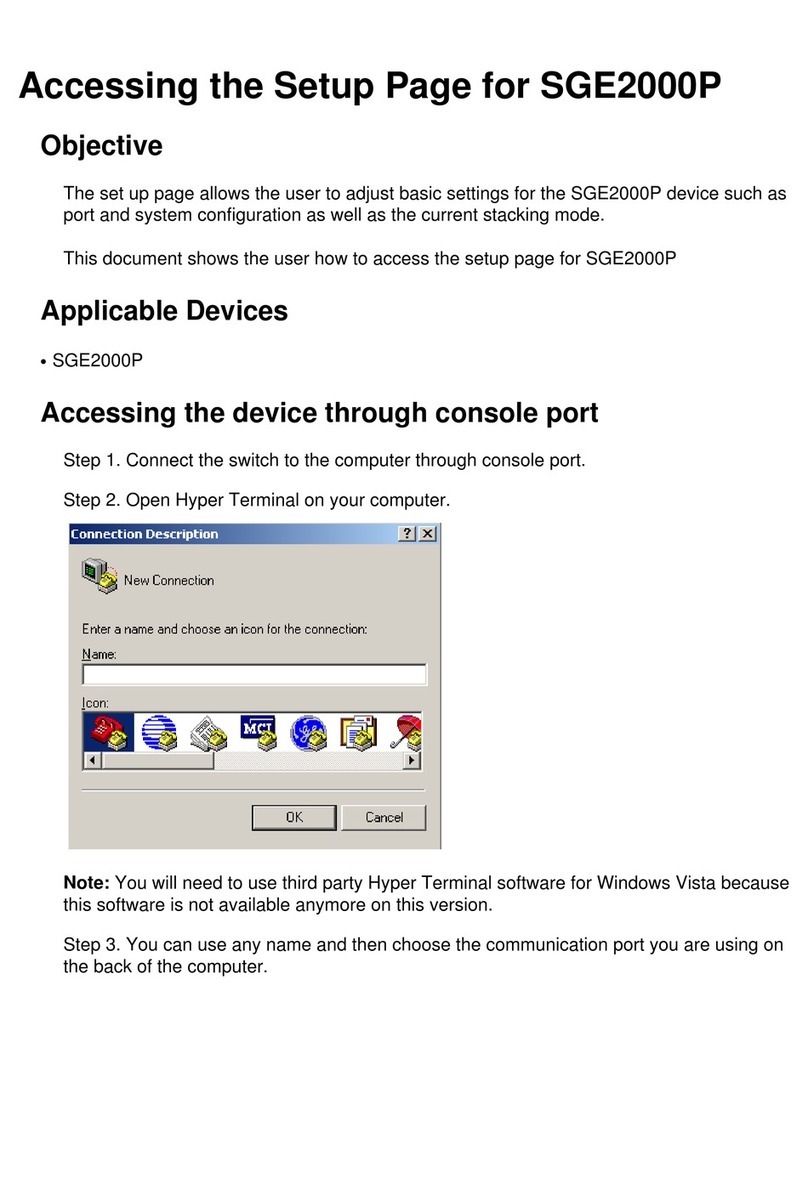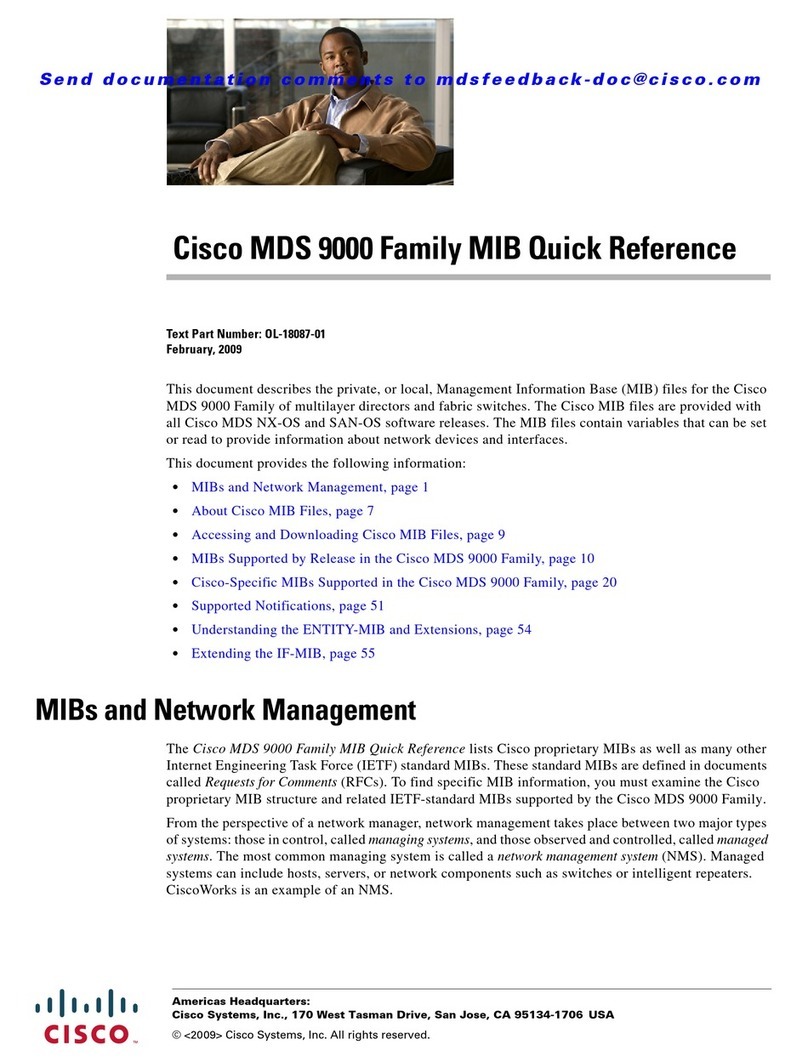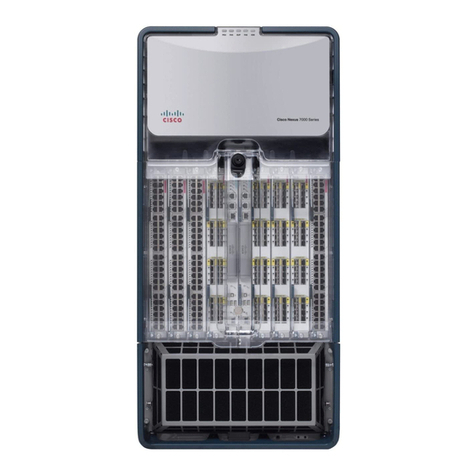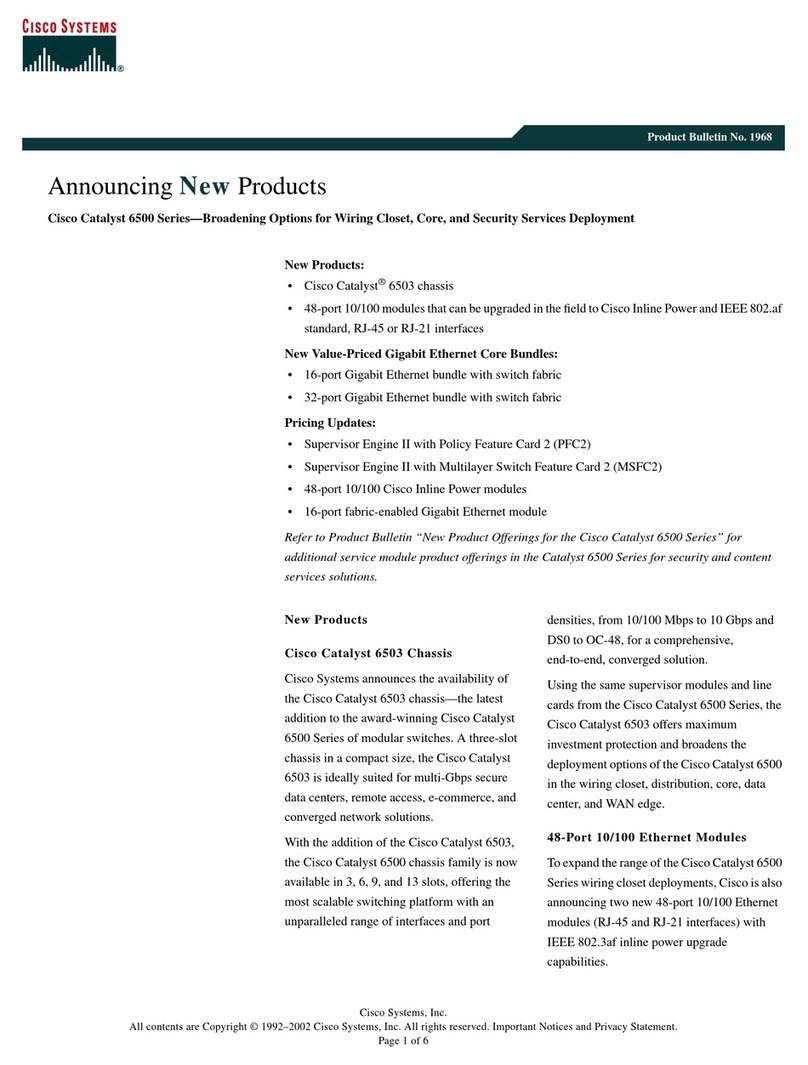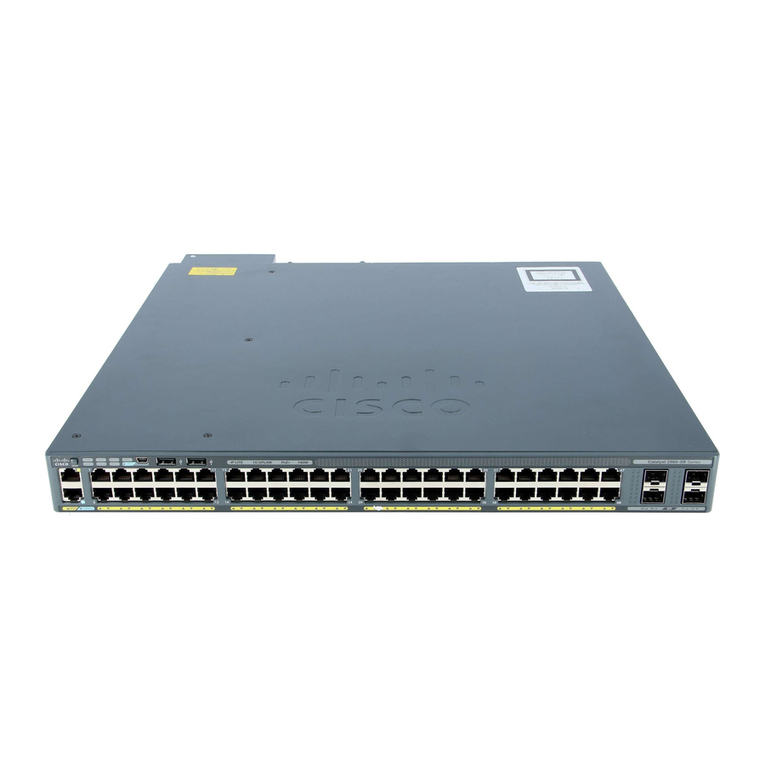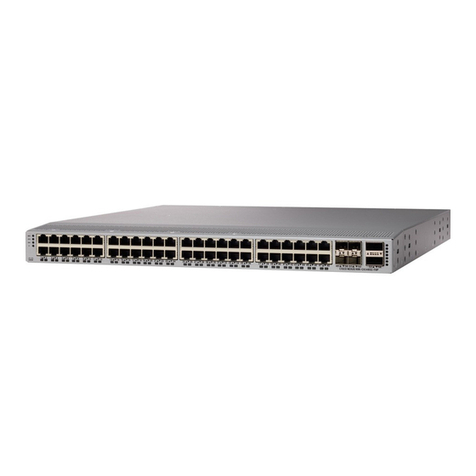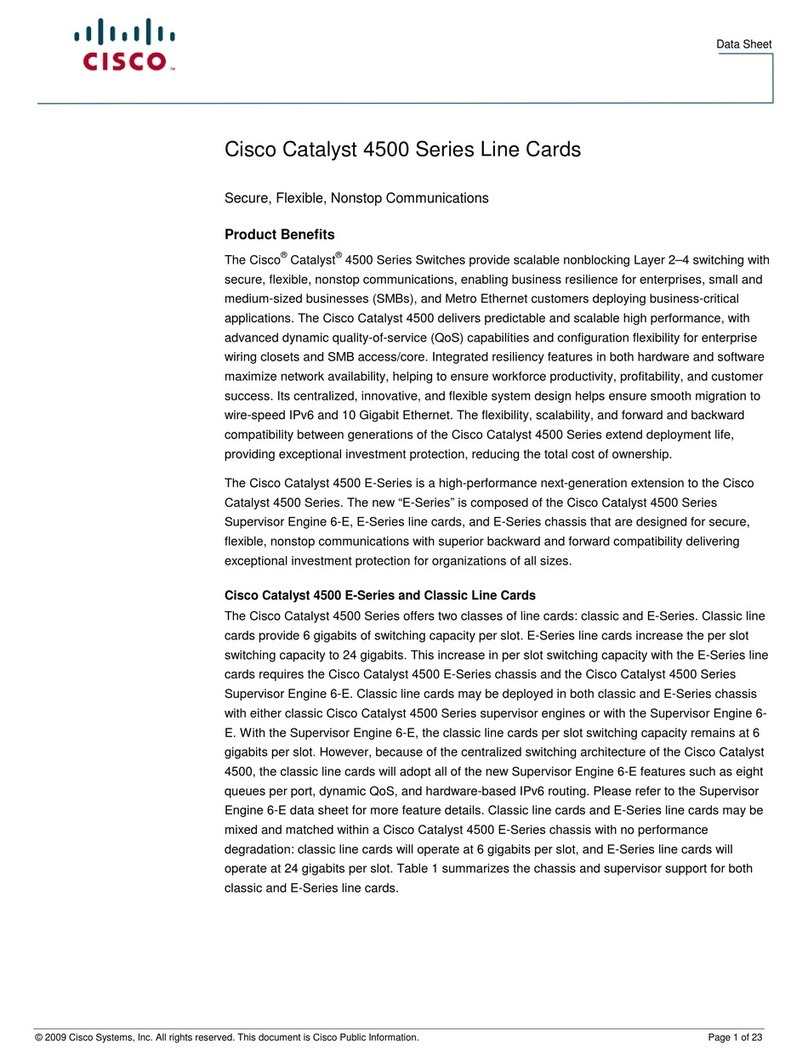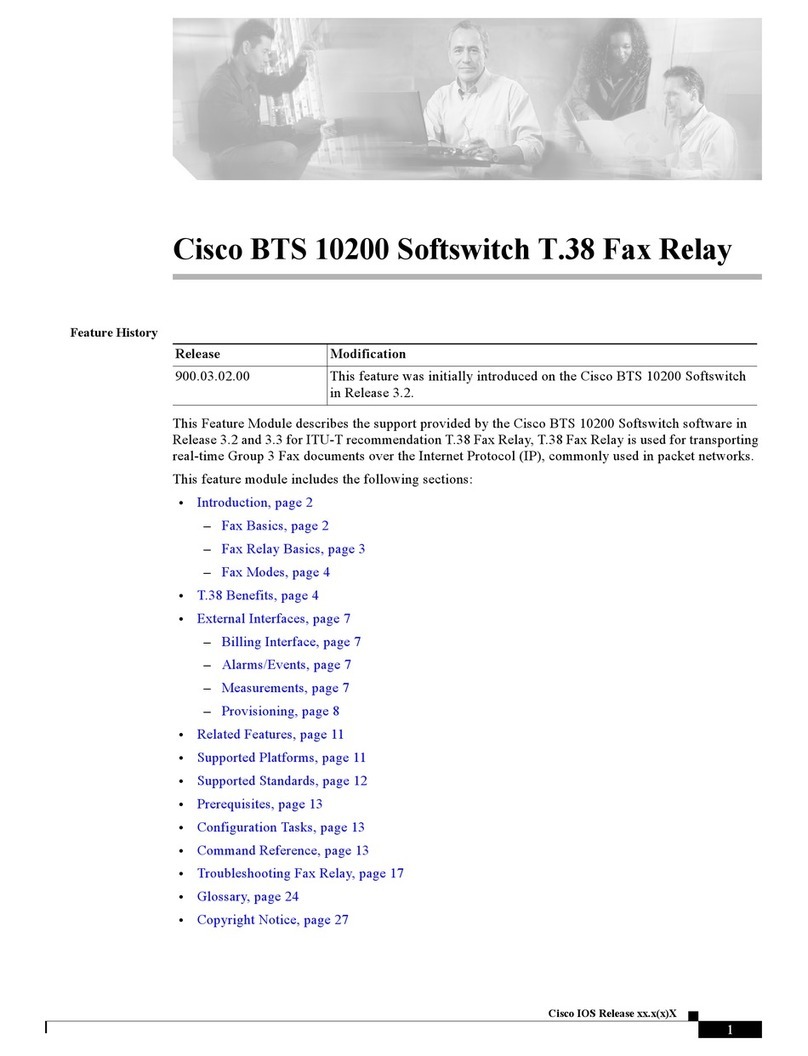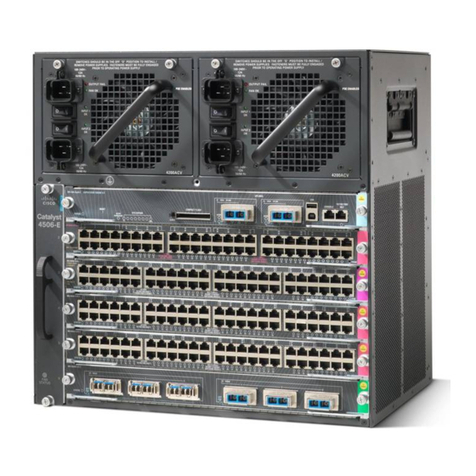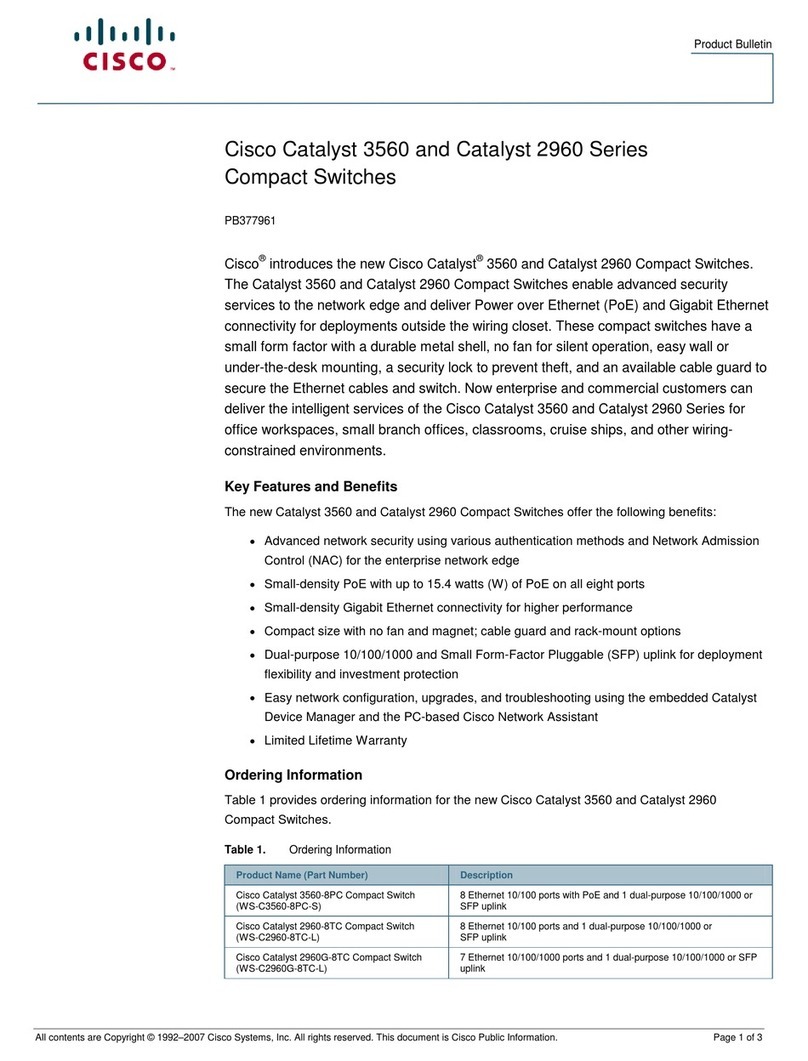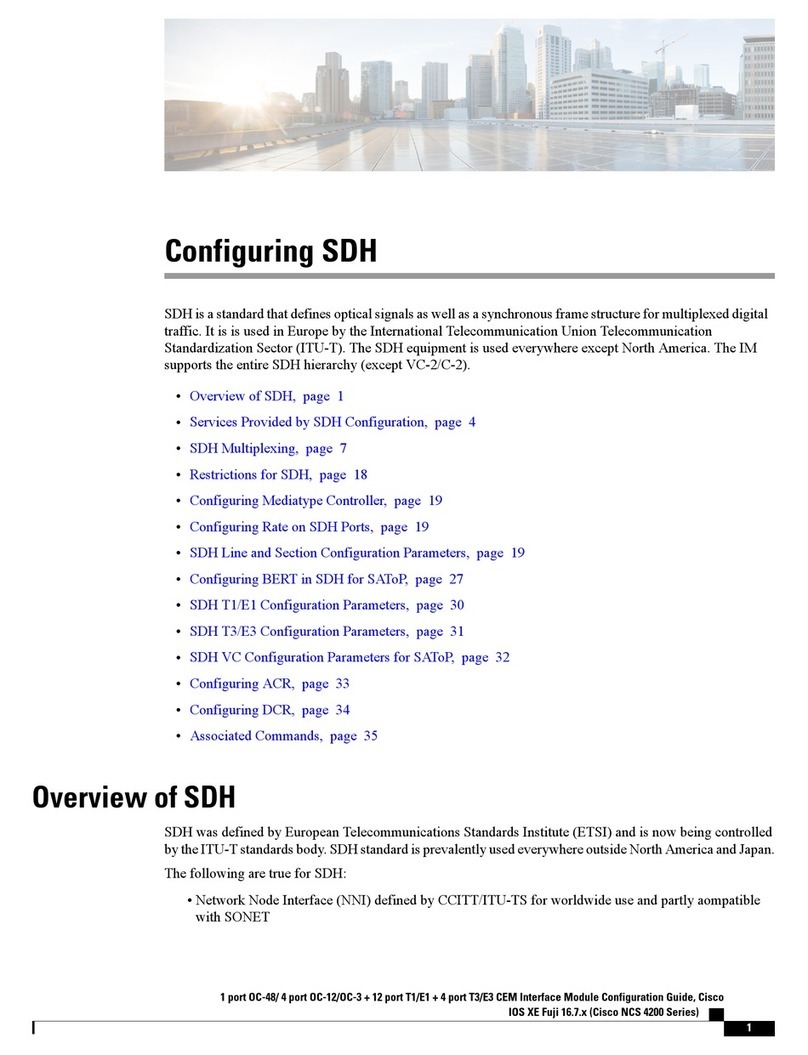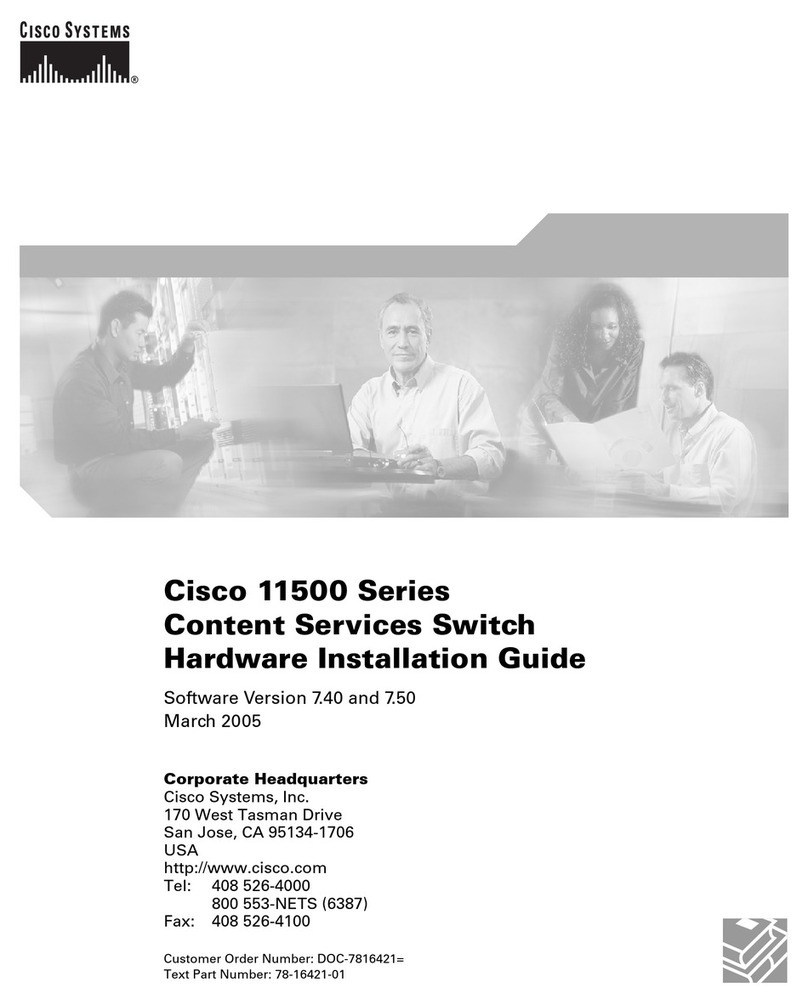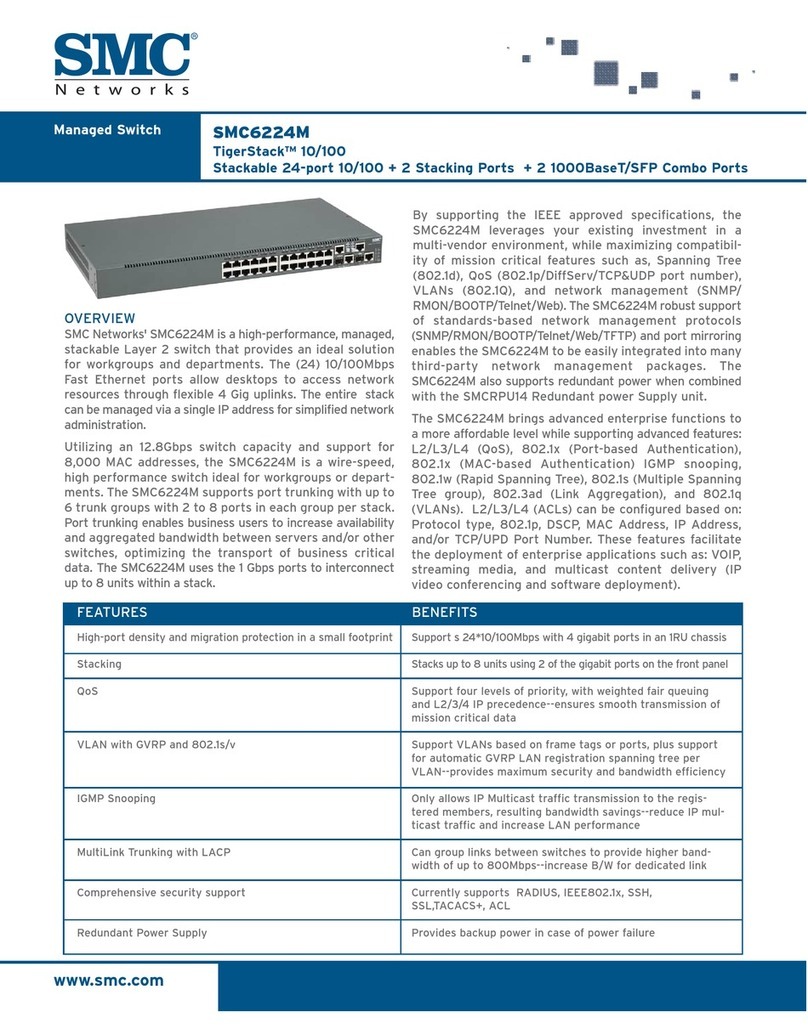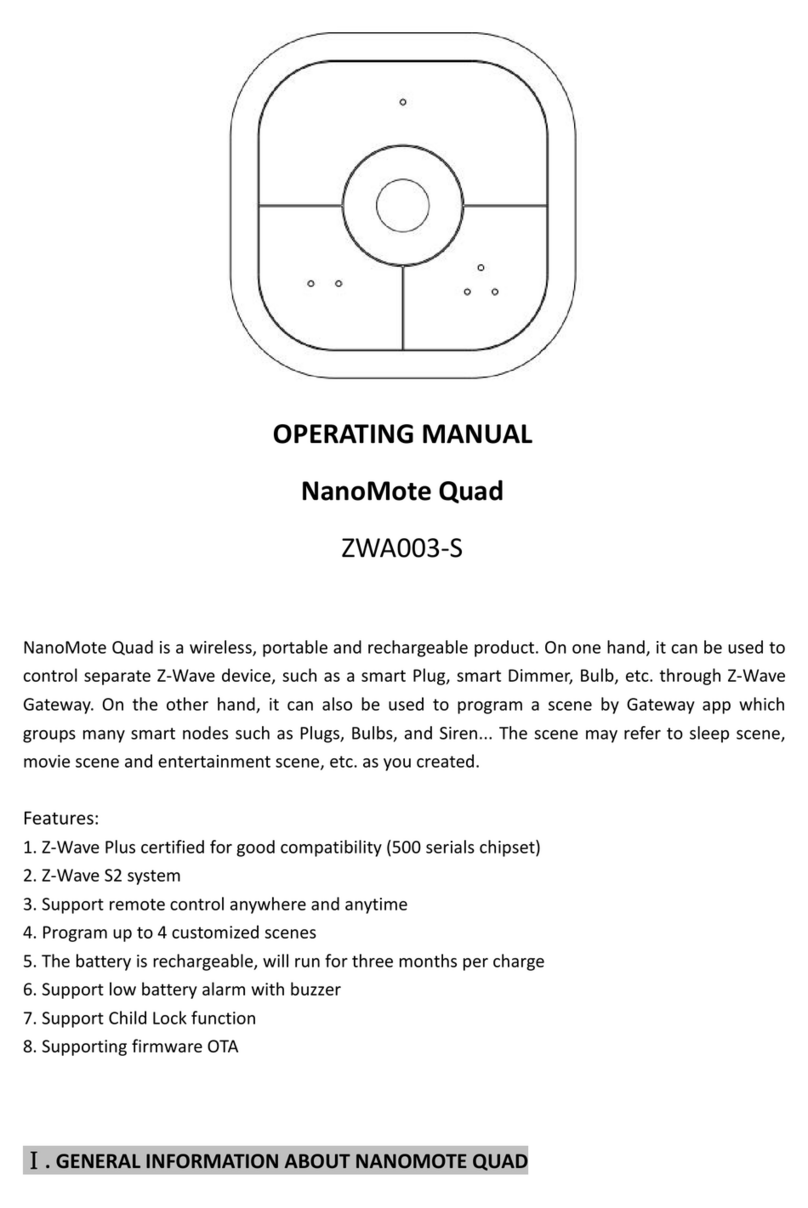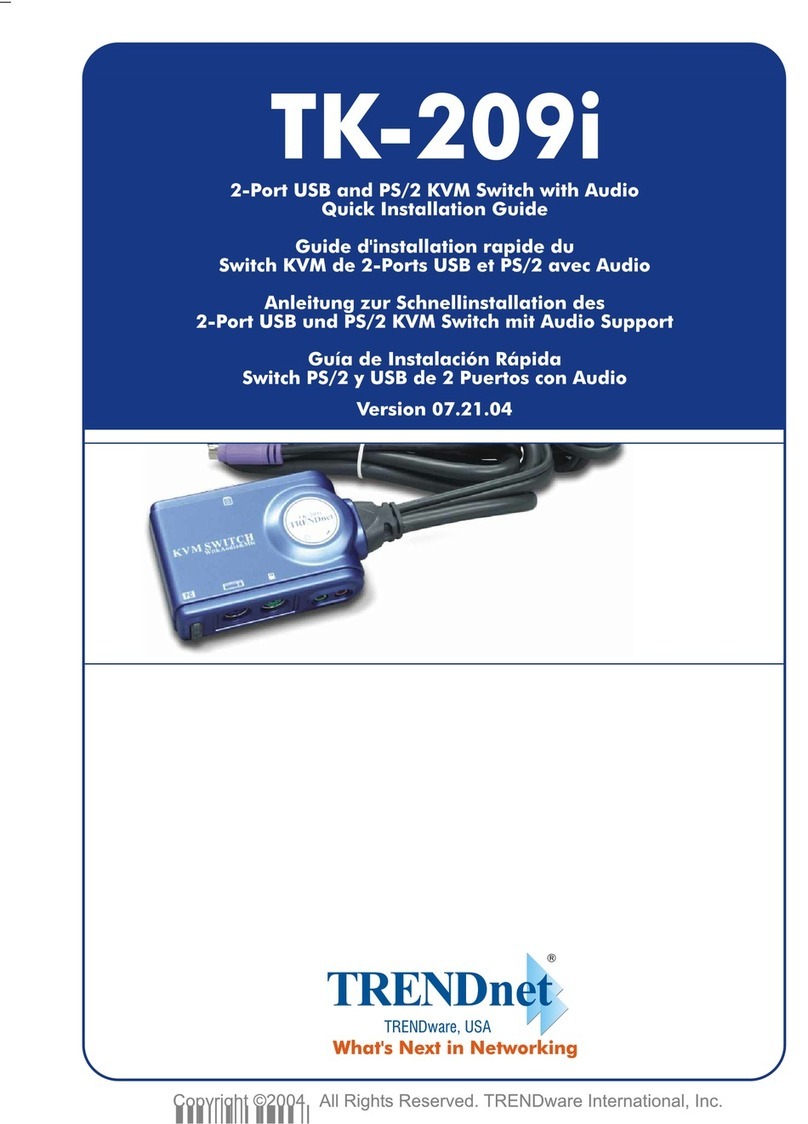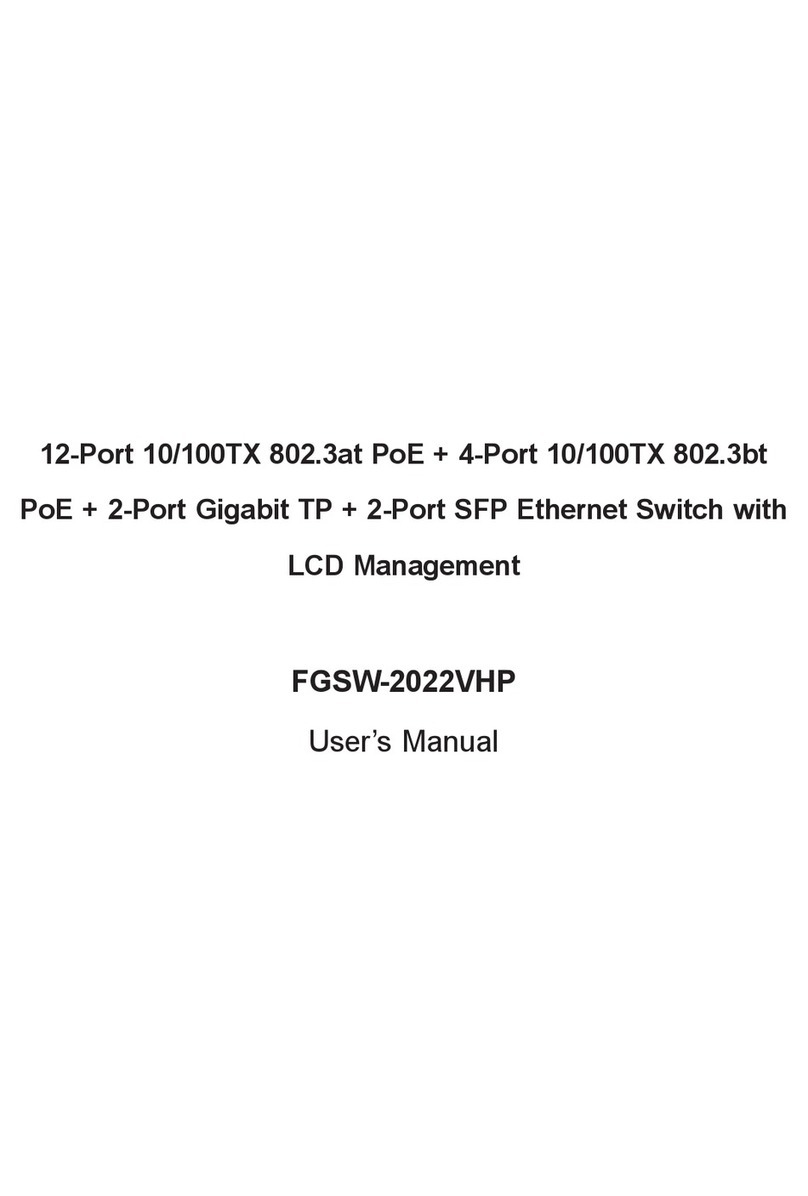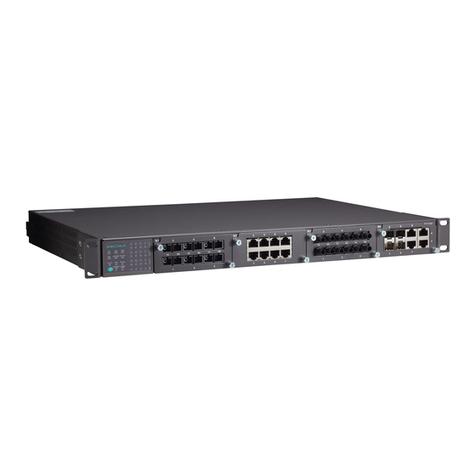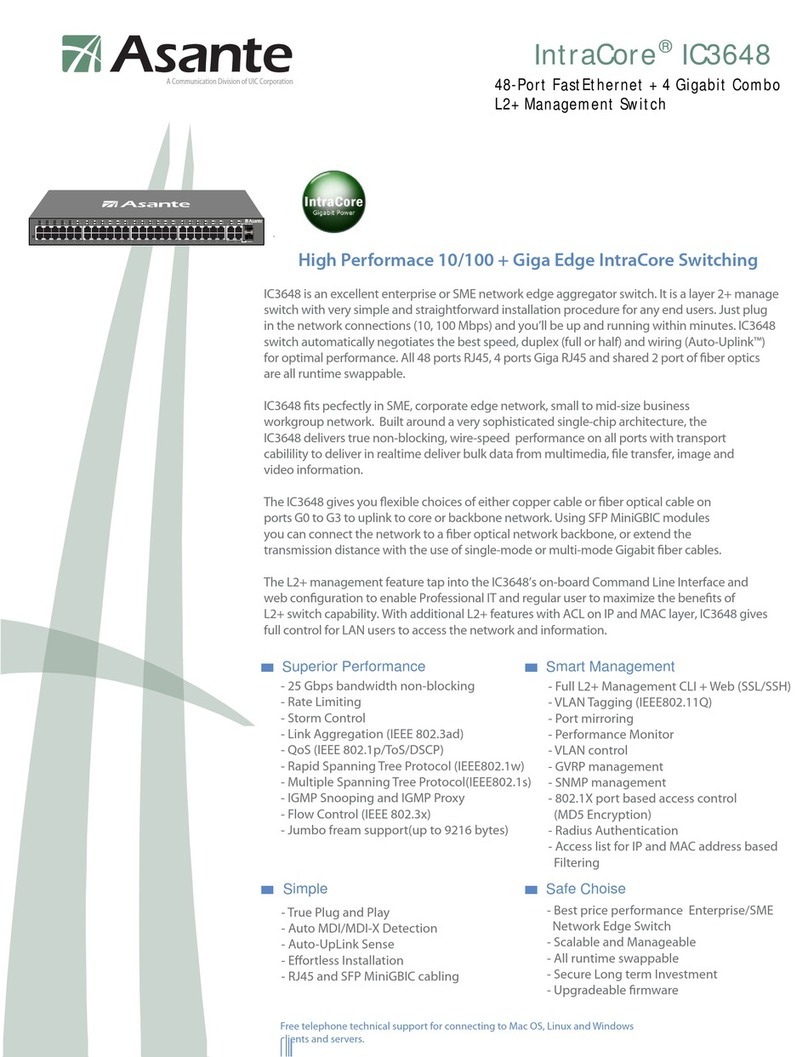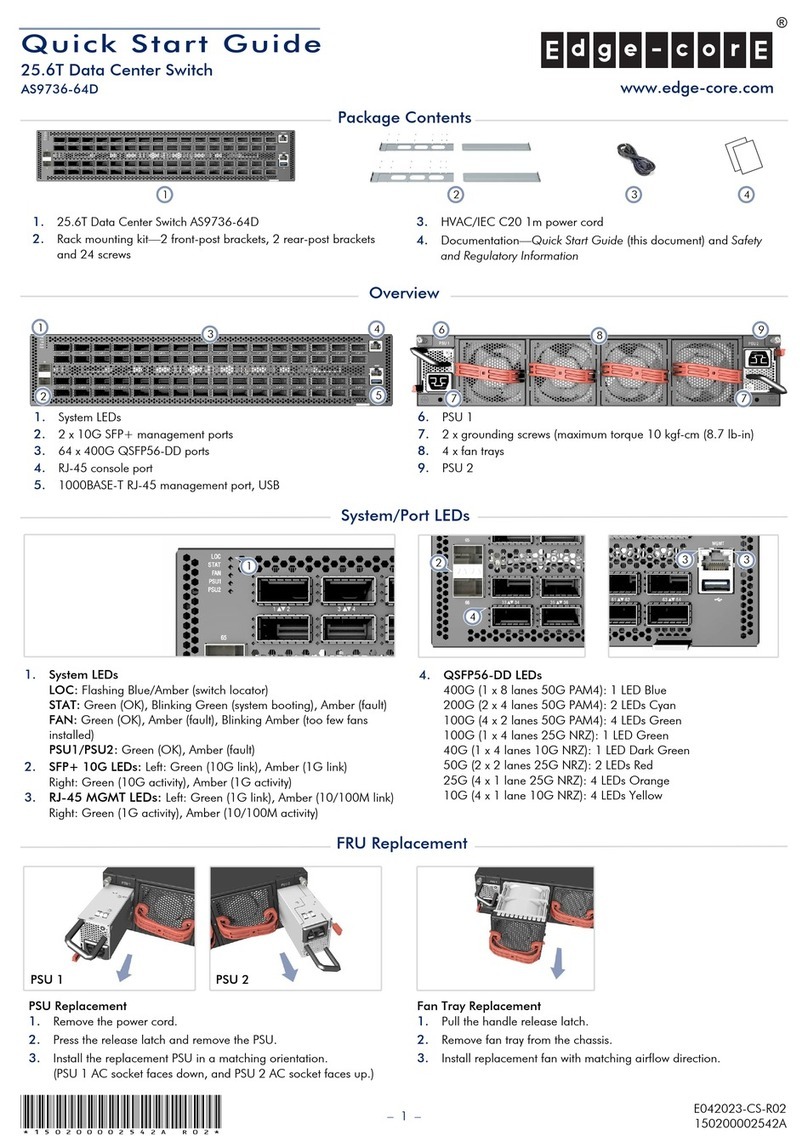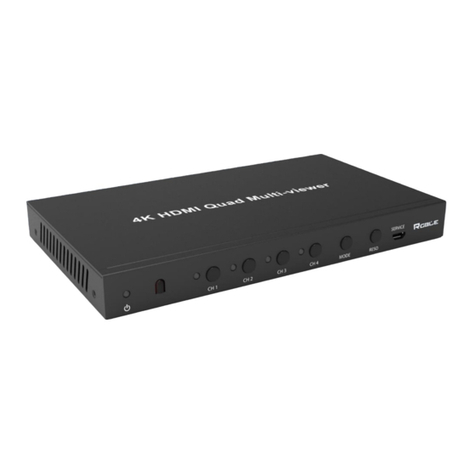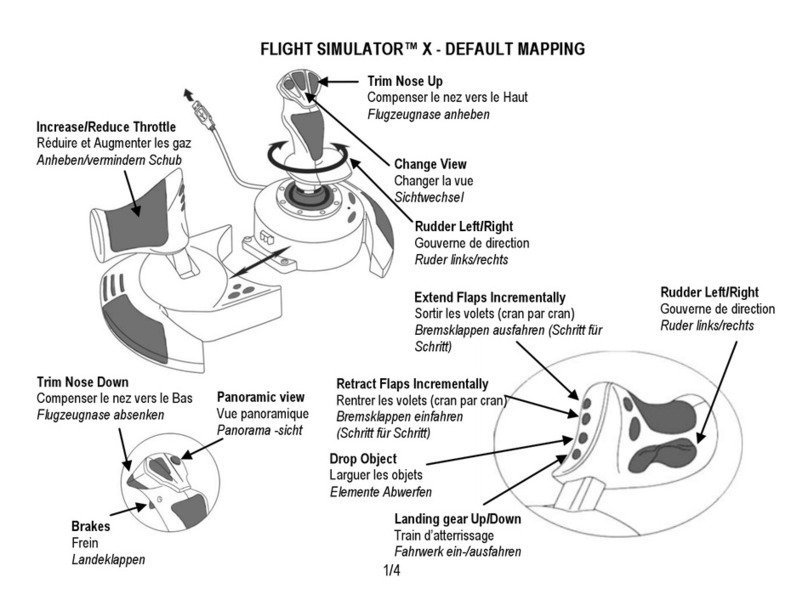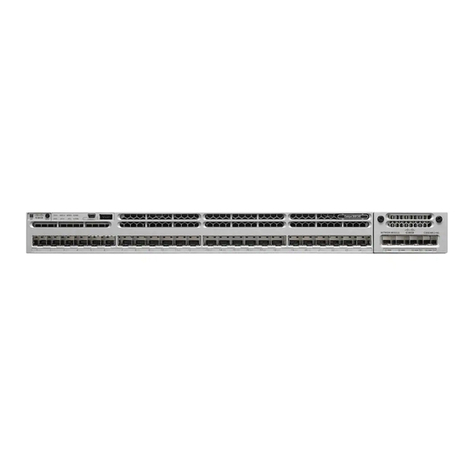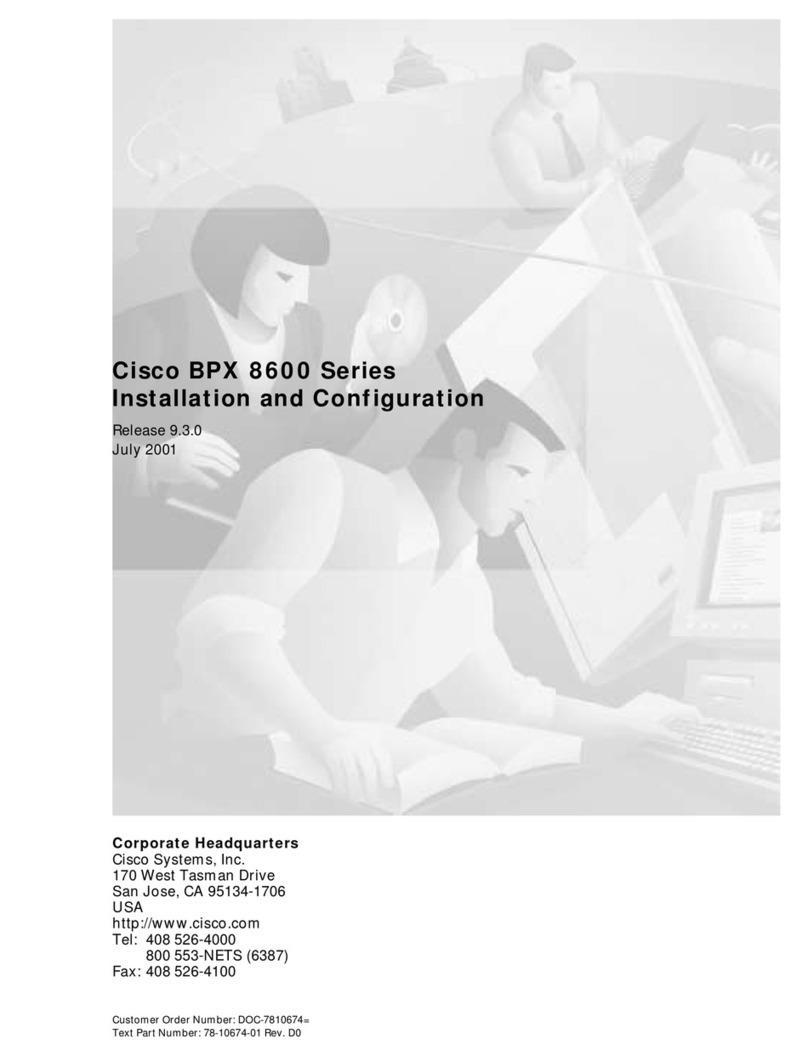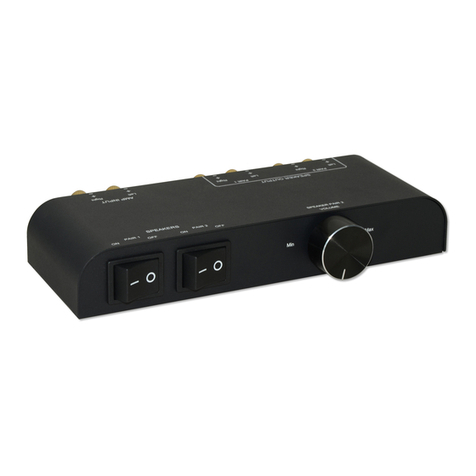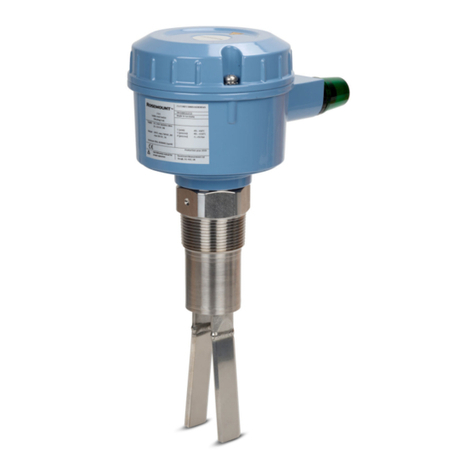
Cisco Systems, Inc.
All contents are Copyright © 1992–2004 Cisco Systems, Inc. All rights reserved. Important Notices and Privacy Statement.
Page 6 of 22
• Per VLAN Rapid Spanning Tree (PVRST+) allows rapid spanning-tree
reconvergence on a per-VLAN spanning-tree basis, without requiring the
implementation of spanning-tree instances.
• Cisco Hot Standby Router Protocol (HSRP) is supported to create redundant,
failsafe routing topologies.
• Command-switch redundancy enabled in Cisco CMS Software allows
designation of a backup command switch that takes over cluster management
functions if the primary command switch fails.
• UniDirectional Link Detection (UDLD) and Aggressive UDLD allow unidirectional
links caused by incorrect fiber-optic wiring or port faults to be detected and
disabled on fiber-optic interfaces.
• Switch port auto-recovery (errdisable) automatically attempts to re-enable a link
that is disabled due to a network error.
• Cisco Redundant Power System 675 (RPS 675) support provides superior
power-source redundancy for up to 6 Cisco networking devices, resulting in
improved fault tolerance and network uptime.
• Equal-cost routing for load balancing and redundancy.
• Bandwidth aggregation up to 16 Gbps through 10 Gigabit Etherchannel
technology, 8 Gbps through Gigabit EtherChannel technology, and up to
800 Mbps through Fast EtherChannel technology enhances fault tolerance
and offers higher-speed aggregated bandwidth between switches and to
routers and individual servers.
• Uplink bandwidth can be easily upgraded by adding a 10 Gigabit Ethernet
version to a wiring closet stack and replace the one Gigabit Ethernet uplinks
with 10 Gigabit Ethernet without having to change fiber pairs.
High-performance IP Routing • Cisco Express Forwarding hardware routing architecture delivers extremely
high-performance IP routing.
• Basic IP unicast routing protocols (static, Routing Information Protocol Version 1
[RIPv1], and RIPv2) are supported for small-network routing applications.
• IPv6 routing support in hardware for maximum performance in the future.
• Advanced IP unicast routing protocols (Open Shortest Path First [OSPF], Interior
Gateway Routing Protocol [IGRP], Enhanced IGRP [EIGRP], and Border Gateway
Protocol Version 4 [BGPv4]) are supported for load balancing and constructing
scalable LANs. Enhanced Multilayer Software Image (EMI) is required.
• Policy-based routing (PBR) allows superior control by enabling flow redirection
regardless of the routing protocol configured. EMI is required.
• Hot Standby Routing Protocol (HSRP) provides dynamic load balancing and
failover for routed links, up to 32 HSRP links supported per unit or stack.
• Inter-VLAN IP routing for full Layer 3 routing between 2 or more VLANs.
• Protocol-Independent Multicast (PIM) for IP multicast routing is supported,
including PIM sparse mode (PIM-SM), PIM dense mode (PIM-DM), and PIM
sparse-dense mode. EMI is required.
• Distance Vector Multicast Routing Protocol (DVMRP) tunneling interconnects 2
multicast-enabled networks across non-multicast networks. EMI is required.
• Fallback bridging forwards non-IP traffic between 2 or more VLANs. EMI
is required.
• Routing is enabled across the stack.
• 128 switch virtual interfaces (SVIs) are recommended. Maximum of 1000 are
supported. (depends on the number of routes and multicast entries). 468 routed
ports are supported per stack.
Table 1
Product Features and Benefits (Continued)
Feature Benefit
